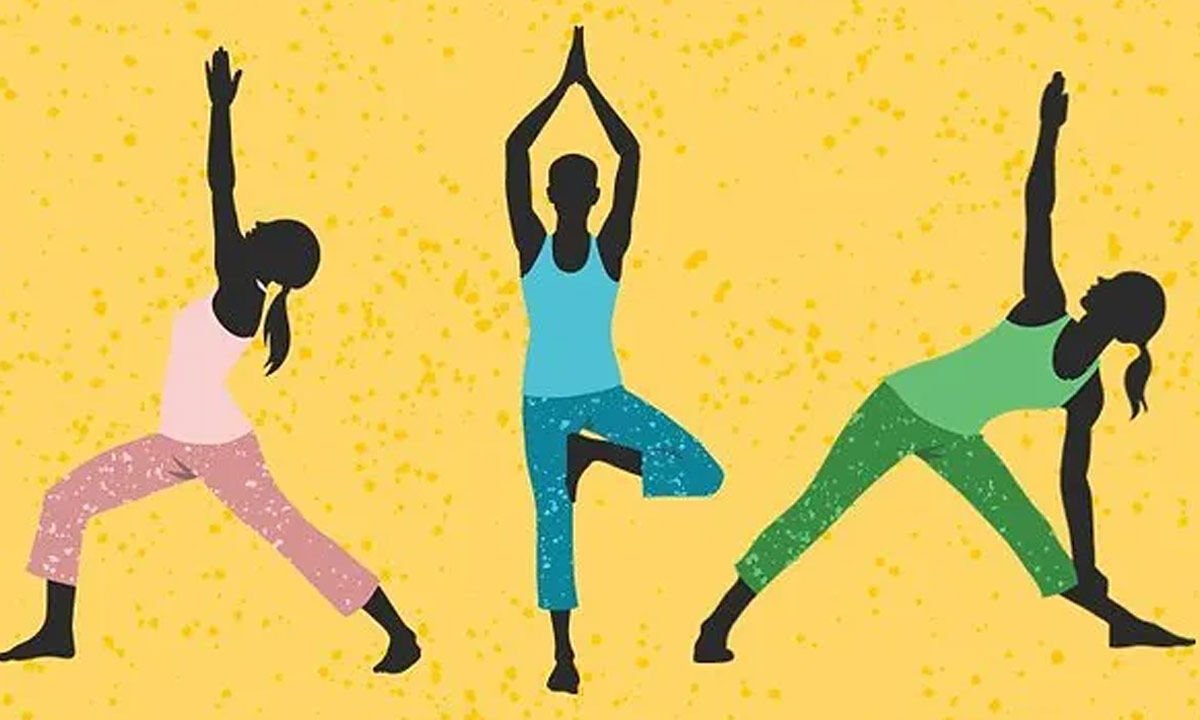Many people suffer from increased joint pain and stiffness as the seasons change, especially when the weather is damp, cold, or wet. This discomfort often results from changes in air pressure and temperature that affect the viscosity of joint fluid and tissue expansion. Although these mechanisms are not fully understood, it is clear that managing joint pain requires a thoughtful approach that encompasses both physical activity and mindfulness.
In recent years, yoga has emerged as a gentle and effective way to relieve weather-related joint pain. Unlike high-intensity exercises that can make discomfort worse, yoga offers a holistic approach that combines controlled movements, strength-building poses, flexibility training and stress relief. Learn how yoga can help relieve pain and maintain joint health through the changing seasons.
Gentle movement and circulation
One of the core principles of yoga is an emphasis on gentle, controlled movement. When joints are stiff or sore, your instinct may be to avoid movement altogether, but this can exacerbate the problem by reducing circulation and making the joints even stiffer. Yoga encourages practitioners to move slowly and mindfully through a variety of movements, which can:
• It increases blood flow to the affected area, providing it with the necessary oxygen and nutrients.
• It promotes the circulation of synovial fluid within the joints, increasing lubrication and joint mobility.
• Gently stretches the surrounding muscles and connective tissues, reducing tension and stiffness.
Beginners often benefit from poses such as cat-cow, gentle sun salutations and slow joint rotations, which increase mobility without putting strain on sensitive joints.
Strengthening supporting muscles
Although yoga doesn’t involve heavy lifting or high-impact movements, it does play a vital role in strengthening the muscles that support and stabilise your joints, which is essential for reducing stress on your joints and improving overall function. Poses that focus on building strength include:
• Plank and its variations to improve core and shoulder stability.
• Warrior pose to strengthen legs and hips.
• Chair pose to build knee and ankle strength.
By developing stronger supporting muscles, you will be better able to manage the stress on your joints caused by daily activities and changing weather conditions.
Increased flexibility and range of motion
Flexibility is a key issue for anyone whose joints get stiff, especially when it’s wet or cold. Yoga is great for increasing flexibility by combining static postures with dynamic movements. These practices can:
• Stretches the muscles and fascia around the joint, increasing range of motion.
• It reduces connective tissue adhesions and allows smoother joint movement.
• Increase overall body awareness and proprioception, improving joint control.
Poses like forward bends, pigeon poses and gentle twists target areas prone to weather-related stiffness, such as the hips, lower back and shoulders.
Stress reduction and pain management
The mind-body connection in yoga can help manage joint pain. Chronic pain often increases stress and tension, exacerbating physical symptoms. Yoga’s emphasis on breathing, meditation and mindfulness can help:
• Reduces overall stress levels and muscle tension, relieving pain.
• Improve pain tolerance and management through relaxation techniques.
• Promote positive attitudes towards managing chronic illness and build resilience.
Incorporating relaxation techniques such as Savasana (Corpse Pose) and guided body scans can be especially beneficial for those experiencing weather-related joint discomfort.
Consistency and long-term benefits
Yoga can provide instant relief from weather-related joint pain, but its real power lies in consistent practice. Regular yoga sessions can:
• Overall joint health and function is improved.
• Improved body awareness and posture correction.
• Increased resilience to weather-related symptoms over time.
It is important to approach yoga as a holistic tool for managing your joint health, especially under the guidance of a healthcare professional if you have any joint conditions. With the right guidance and regular practice, yoga can be a powerful ally in maintaining joint comfort and mobility in a variety of weather conditions.
In conclusion, yoga offers a holistic approach to easing joint pain and stiffness that are exacerbated by changing weather. Through gentle movements, strength-strengthening exercises, flexibility routines and stress management techniques, yoga not only provides immediate relief but also promotes long-term joint health and overall wellness. Whether you are looking to ease the discomfort of the monsoon season or increase joint resilience throughout the year, incorporating yoga into your daily life can make a significant contribution to your health and quality of life.

